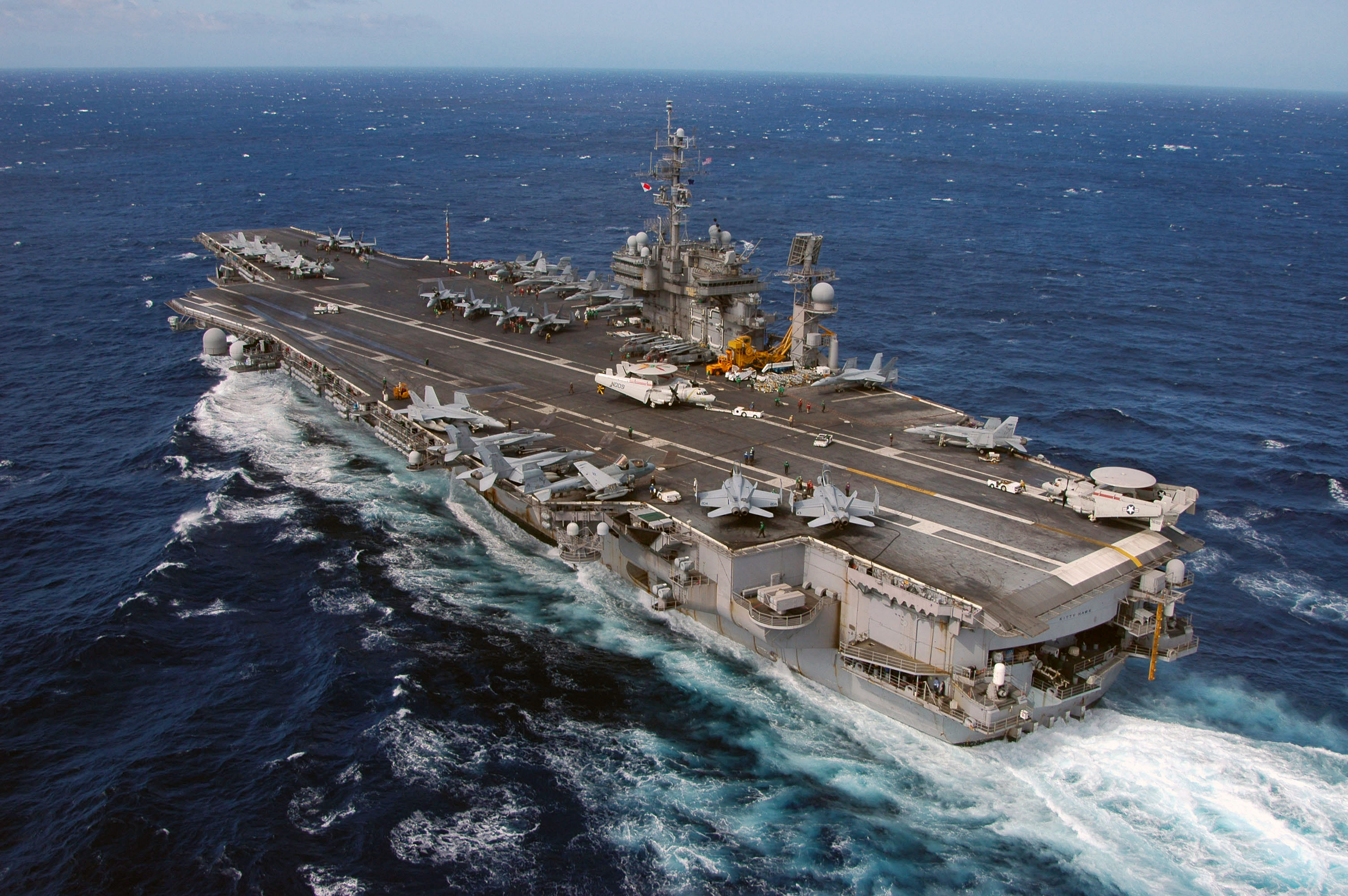Vimana Aircraft - Childress did deep study on the Vaimanika Shastra, spoke with many Sanskrit scholars and spent time in deciphering its hidden technology. Here his experience on working with vimanas that are running on a mercury vortex propulsion system is re-produced with his observations.
This system was developed by, created by Bill Clendenon, an inventor of the mercury vortex propulsion system. Naturally, Indian scientists did not take the texts very seriously, but then became more positive about the value of them when the Chinese announced that they were including certain parts of the data for study in their space program!
Vimana Aircraft

This was one of the first instances of a government admitting to researching anti-gravity. "Bhima flew along in his car, resplendent as the sun and loud as thunder... The flying chariot shone like a flame in the night sky of summer... it swept by like a comet... It was as if two suns were shining.
Vaimanika Shastra Vimanas On Mercury Vortex Propulsion System
Then the chariot rose up and all the heaven brightened.” Clendenon points out the danger of this mercury vortex propulsion system. When the liquid metal mercury is heated, it gives forth a hot vapor. This hot vapor is deadly poisonous, because, he further stated "if the liquid metal mercury is made radioactive and heated sufficiently to emit radiation, any leaks in the mercury would, therefore, be a double danger to the crew and maintenance personnel of any vehicle
powered by a mercury vapor turbine.” (Quoted from the book by Bill Clendenon and David Hatcher Childress, Mercury: UFO Messengers of the Gods, 1990, p. 85) The Vaimanika Sastra (or Vymaanika-Shaastra) has eight chapters with diagrams, describing three types of aircraft, including apparatuses that could neither catch on fire nor break.
It also mentions 31 essential parts of these vehicles and 16 materials from which they are constructed, which absorb light and heat; for which reason they were considered suitable for the construction of Vimanas. This document has been translated into English and is available by writing the publisher:
Click on the image for an enlarged, readable view 
Dangers Of Mercury Vortex Propulsion
Here is a scientific view on the so-called invisibility of an aerial craft. All these ideas are taken from an ancient manuscript called the Vimana Shastra. In this manuscript there are many detailed characteristics about what could very possibly have been mercury vortex generators.
These mercury vortex generators could have been used in various types of vimanas. Texts say "Vimanas are powered by some jet engines. This seems to be true from the description of the flight behavior. Elephants ran away in panic;

grass was thrown out because there was a lot of pressure from behind those Vimanas. The Vimanika Shastra refers to metals used in these crafts. There is mention of electricity and power sources, of pilots and their flying clothing, about the food that they eat.
It even talks about the weapons that are kept on these airships. The flight manuals of the Vimanas are quite similar to the flight manuals you find in the modern civil and military aircraft. It suggests that Vimanas were powered by several gyroscopes placed inside a sealed liquid mercury vortex.
Aeronautics On The Beautiful Plane Us
One of the texts talks about mercury rotating and driving some sort of a powerful propeller or fan. “Quote: The electromagnetic field coil, which consists of the closed circuit exchanger / condenser coil circuit containing the liquid metal mercury and / or its hot vapor, is placed with its core axis vertical to the craft.
Here is a list of some secrets from Vaimanika Shastra According to David Hatcher Childress : > secrets for the construction of airplanes, how to avoid breaking them, cut them, set them on fire and destroy them;
> secret to immobilize the airplane; > secret cloaking technology for the airplane; > to listen to the enemy's secret conversations in other places; > recover secret photographs of the interior of enemy planes; > secret to ascertain the direction of an approaching enemy aircraft;
> secret to lose consciousness to the pilots of enemy planes; > secret of destroying enemy planes. The existence of the text was revealed in 1952 by G. R. Josyer, according to whom it is due to one Pandit Subbaraya Shastry, who dictated it in 1918-1923.
Rukma Vimana As Described In Vaimanika Shastra
A Hindi translation was published in 1959, the Sanskrit text with an English translation in 1973. Their method of propulsion, she said, was "anti-gravitational" and was based upon a system analogous to that of "laghima," the unknown power of the ego existing in man's physiological makeup, "a centrifugal force strong enough to counteract all gravitational
pull.” According to Hindu Yogis, it is this “laghima” which enables a person to levitate. The so-called "Rama Empire" of Northern India and Pakistan developed at least fifteen thousand years ago on the Indian sub-continent and was a nation of many large, sophisticated cities, many of which are still to be found in the deserts of Pakistan

, northern, and western India. Rama existed, apparently, parallel to the Atlantean civilization in the mid-Atlantic Ocean, and was ruled by "enlightened Priest-Kings" who governed the cities, The seven greatest capital cities of Rama were known in classical Hindu texts as "The Seven Rishi
Cities.” Vaimanika Shastra translated in early 20th century covers definitions of airplane, pilot, aerial routes, and planes are described in great detail. In 1991, a book by David Hatcher Childress, 'Vimana Aircraft of Ancient India & Atlantis' covered the secrets of constructing aero planes that will not break, will not catch fire, and cannot be destroyed.
Also secret of making planes motionless (hovering), of making them invisible (stealth), the secret of retrieving photographs of the interior of enemy planes (intelligence), the secret of ascertaining the direction of enemy planes approach (radar), the secret of
making persons in enemy planes lose consciousness and the secret of destroying enemy planes. It has been suggested by many writers that these "Brotherhoods" keep some of their Vimanas and Vailixi in secret caverns in Tibet or some other place is Central Asia, and the Lop Nor Desert in western China is known to be the center of a great UFO
mystery. Perhaps it is here that many of the airships are still kept, in underground bases much as the Americans, British and Soviets have built around the world in the past few decades. It is evident that ancient Indians flew around in these vehicles, all over Asia, to Atlantis presumably;
and even, apparently, to South America. Writing found at Mohenjodaro in Pakistan (presumed to be one of the “Seven Rishi Cities of the Rama Empire”) and still undeciphered, has also been found in one other place in the world: Easter Island!
Writing on Easter Island, called Rongo-Rongo writing, is also undeciphered, and is uncannily similar to the Mohenjodaro script. Was Easter Island an air base for the Rama Empire's Vimana route? (At the Mohenjo-Daro Vimana-drome, as the passenger walks down the concourse, he hears the sweet, melodic sound of the announcer over the loudspeaker,
That secret societies or "Brotherhoods" of exceptional, "enlightened" human beings would have preserved these inventions and the knowledge of science, history, etc., does not seem surprising. Many well known historical personages including Jesus, Buddha, Lao Tzu, Confucius, Krishna, Zoroaster, Mahavira, Quetzalcoatl, Akhenaton, Moses, and more recent inventors and of course many other people who will probably remain anonymous, were probably members of such a secret

organization. There are references of highly maneuverable and powerful Vimanas launching single projectiles charged with 'all the power of the Universe' against cities, resulting in huge columns of smoke and fire equivalent to tens of thousands of suns.
This Iron Thunderbolt gigantic messenger of death reportedly reduced to ashes the entire race of the Vrishnis and Andhakas. These kinds of records are not isolated and can be cross-correlated with similar reports in other ancient civilizations.
Were these nuclear weapons? According to the Dronaparva, part of the Mahabarata, and the Ramayana, one Vimana described was shaped like a sphere and born along at great speed on a mighty wind generated by mercury.
It moved like a UFO, going up, down, backwards and forwards as the pilot desired. In another Indian source, the Samar, Vimanas were, Most of the knowledge given in Vaimanika Shastra on constructing airplanes, fighter jets were lost due to series of invasions happening in India.
Nalanda University had original Vedic texts and Vaimanika Shastra which was destroyed when an illiterate Muslim terrorist Bakhtiyar Khilji demolished the world's most ancient University. It was later telepathically delivered to an Indian Sage by Rishi Bhardwaj.
A vimana is a word with several meanings ranging from temple or palace to mythological flying machines described in Sanskrit epics. References to these flying machines are commonplace in ancient Indian texts, even describing their use in warfare.
As well as being able to fly within Earth's atmosphere, vimanas were also said to be able to travel into space and travel underwater. The Vimana AAV (autonomous air vehicle) is being developed by Vimana Global, in Redwood City, CA, USA.
The Vimana is an eVTOL with 8 rotors, 4 mounted on each wing. The wings of the AAV rotate to facilitate vertical takeoff and landing and also accelerated forward flight. Still, not all UFO activity can be accounted for by old Vimanas making trips to the Moon for some reason.

Undoubtedly, some are from the Military Governments of the world, and possibly even from other planets. Vimanas were kept in a Vimana Griha, a kind of hanger, and were sometimes said to be propelled by a yellowish-white liquid, which sounds more like gasoline.
Perhaps Vimanas had a number of different propulsion sources, including combustion engines and even "pulse-jet" engines. It is interesting to note that when Alexander invaded India in 300 BC, his historians chronicled that at one point they were attacked by "fiery flying shields" that dived at his army and frightened the cavalry.
Many western researchers studying UFOs tend to overlook possible origins in ancient India. Even many modern day Indians did not take the texts very seriously, but woke up when the Chinese announced that they were studying this data for their space program.
From the manuscripts it is not clear if interplanetary travel was ever made but there is a mention of a planned trip to the Moon. However, the Ramayana, does have a highly detailed story of a trip to the moon in a Vimana, including details of a battle on the moon with an 'Asvin' (Atlantean airship).
The manuscripts did not say definitely that interplanetary travel was ever made but did mention, of all things, a planned trip to the Moon, although it is not clear whether this trip was actually carried out.
However, one of the great Indian epics, the Ramayana, does have a highly detailed story in it of a trip to the moon in a Vimana (or "Astra"), and in fact details a battle on the moon with an "Asvin"
(or “Atlantean” airship.) Another work called the Samarangasutradhara describes how the vehicles were constructed. It is possible that mercury did have something to do with the propulsion, or more possibly, with the guidance system. Curiously, Soviet scientists have discovered what they call "age-old instruments used in navigating cosmic vehicles" in caves in Turkestan and the Gobi Desert.
The "devices" are hemispherical objects of glass or porcelain, ending in a cone with a drop of mercury inside. Click on the image for an enlarged, readable view 
/2015/01/Rukma_Vimana_Vaimanika_Shastra.jpg" alt="Rukma vimana found in ancient India Vedic guide on aeroplanes" width="450" height="509" srcset="https://haribhakt.com/wp-content/uploads/ 2015/01/Rukma_Vimana_Vaimanika_Shastra.jpg 596w, https://haribhakt.com/wp-content/uploads/2015/01/Rukma_Vimana_Vaimanika_Shastra-265x300.jpg 265w" sizes="(max-width: 450px) 100vw, 450px" /> By the time of the Mahabharata (400 BC), these flying chariots had grown in size but they never lost the large wheels.
Mahabharata mentions the genius Yavanas as creator (Chief Designer) of a finite dimensioned Vimana with four solid wheels owned by Asura Maya. Jain literature talks of the various Tirthamkaras flying different types of flying machines. Starting from the 4th tirthamkara traveling in Jayanta Vimana, to the very famous 24th Tirthamkara Mahavira emerging out of a great Vimana Pushpa-uttara.
Skeptics who make fun of ancient Hindu texts should note that the US Air force and their secret intelligence units are already working on 7 physics bending aircraft and 2 space crafts to travel within earth and inter-planetary journeys.
Read about one of the craft patents here. As per John Burrows, Sanskrit texts have references to gods who fought battles in the sky using Vimanas equipped with weapons as deadly as in current times. Indra's Dart operated using a circular reflector.
When switched on, it produced a 'shaft of light' which, when focused on any target, immediately consumed it with its power (Laser Weapons). The special characteristic of this vehicle is, "What ever may be the number of people sitting in it, always there will be one more seat vacant i.e., If N people sit, There will be (N+1) seats".
It was basically a vehicle that could soar the skies for long distances. It shows that even in ancient times, people were curious about flight and might have tried to design flying vehicles. Important is that this mercury vortex propulsion model is invented for terrestrial flight only.
The strange ball of light that is often seen by UFO like craft, is the ball of light that surrounds a craft also: the magneto-hydrodynamic plasma, a hot continuously recirculating air flow through the ship's gas turbine which is ionized (electrically conducting).
Magneto-hydro-dynamics (MHD) is described by Childress as an ionized gas that is passed through a magnetic field to generate electricity. (Childress (2000), p.182) Perhaps the most disturbing and challenging, information about these allegedly mythical Vimanas in the ancient records is that there are some matter-of-fact records, describing how to build one.
In their way, the instructions are quite precise. Only a few years ago, the Chinese discovered some Sanskrit documents in Lhasa, Tibet and sent them to the University of Chandrigarh to be translated. Dr. Ruth Reyna of the University said recently that the documents contain directions for building interstellar spaceships!
vimanas ancient flying vehicles, indian vimanas, vimanas ancient flying machines, indian ancient flying machines, vimana found in afghanistan photos, vimana found in india, vimana flying machine, ancient vimanas
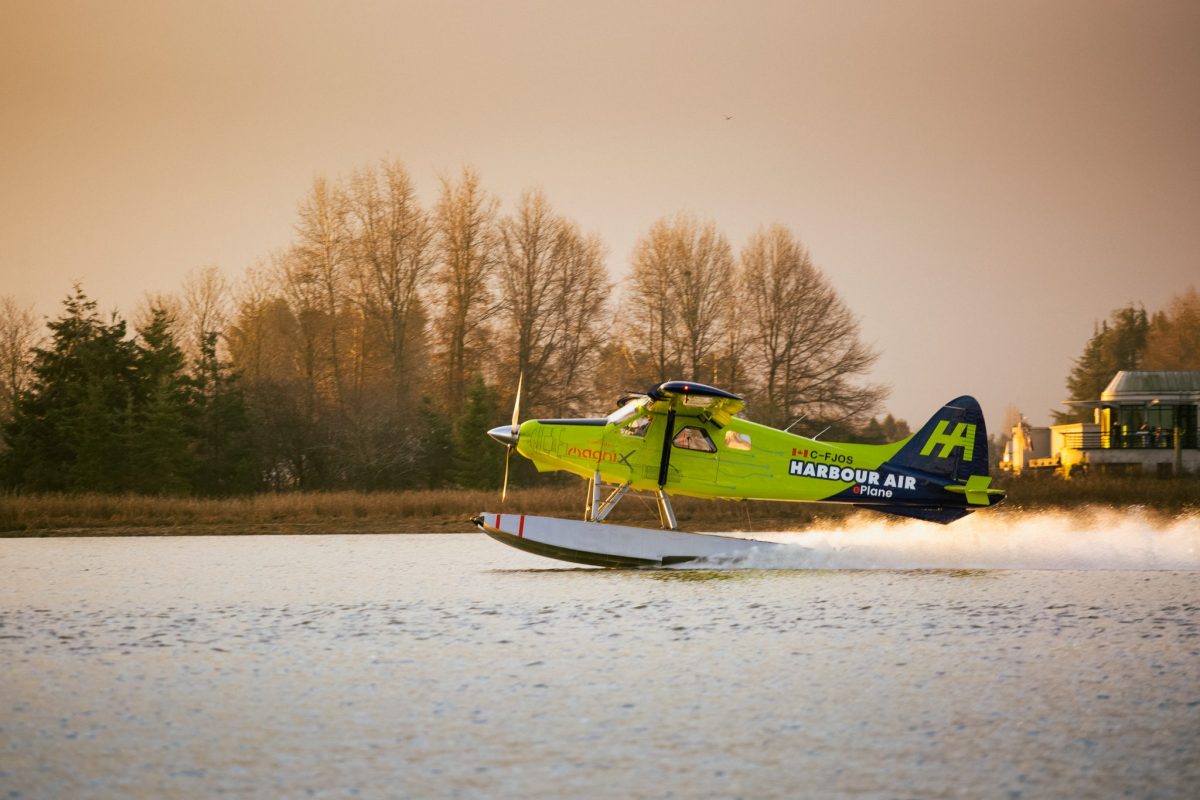
:max_bytes(150000):strip_icc()/plane-data-BUSYROUTES1217-f4f84b08d47f4951b11c148cee2c3dea.jpg)


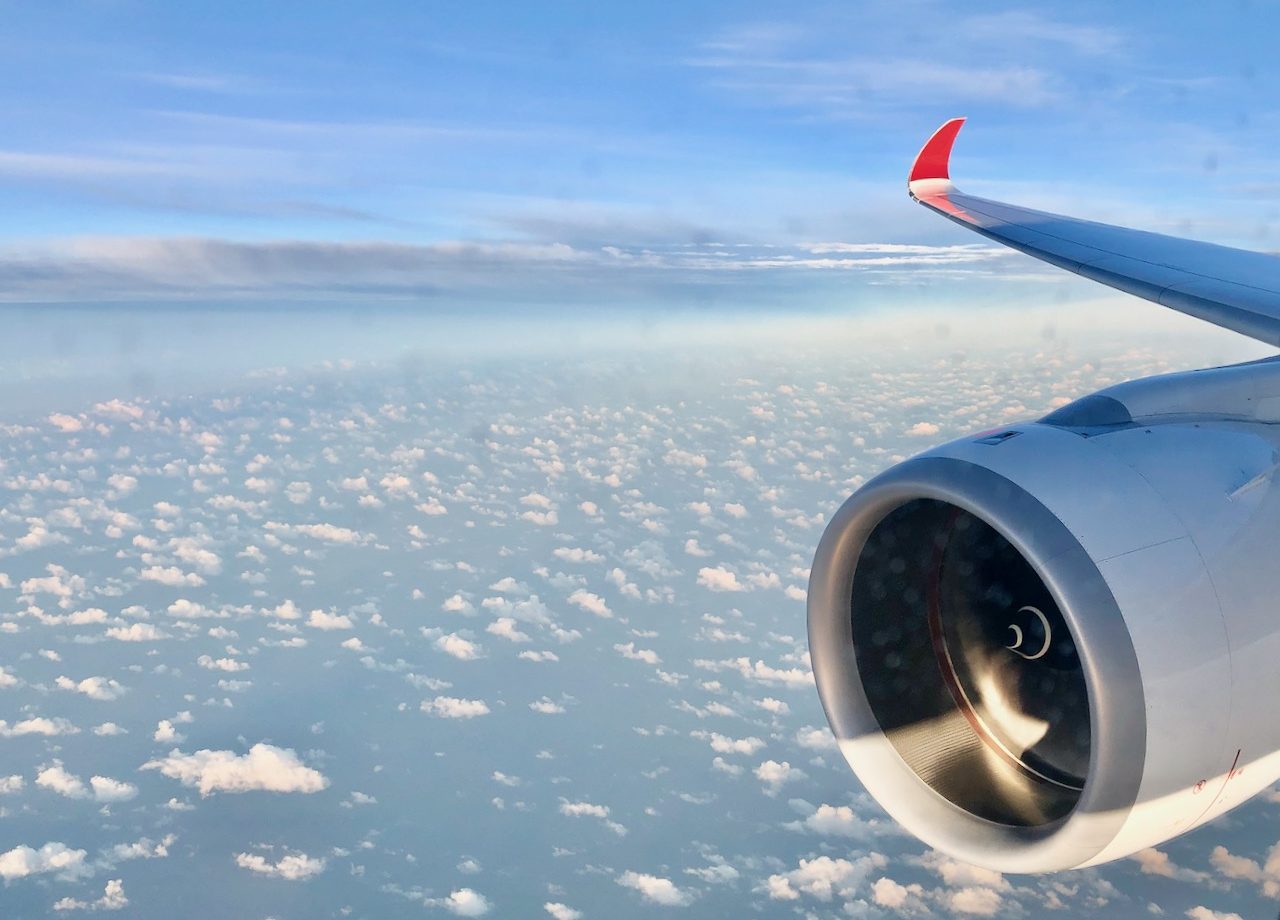
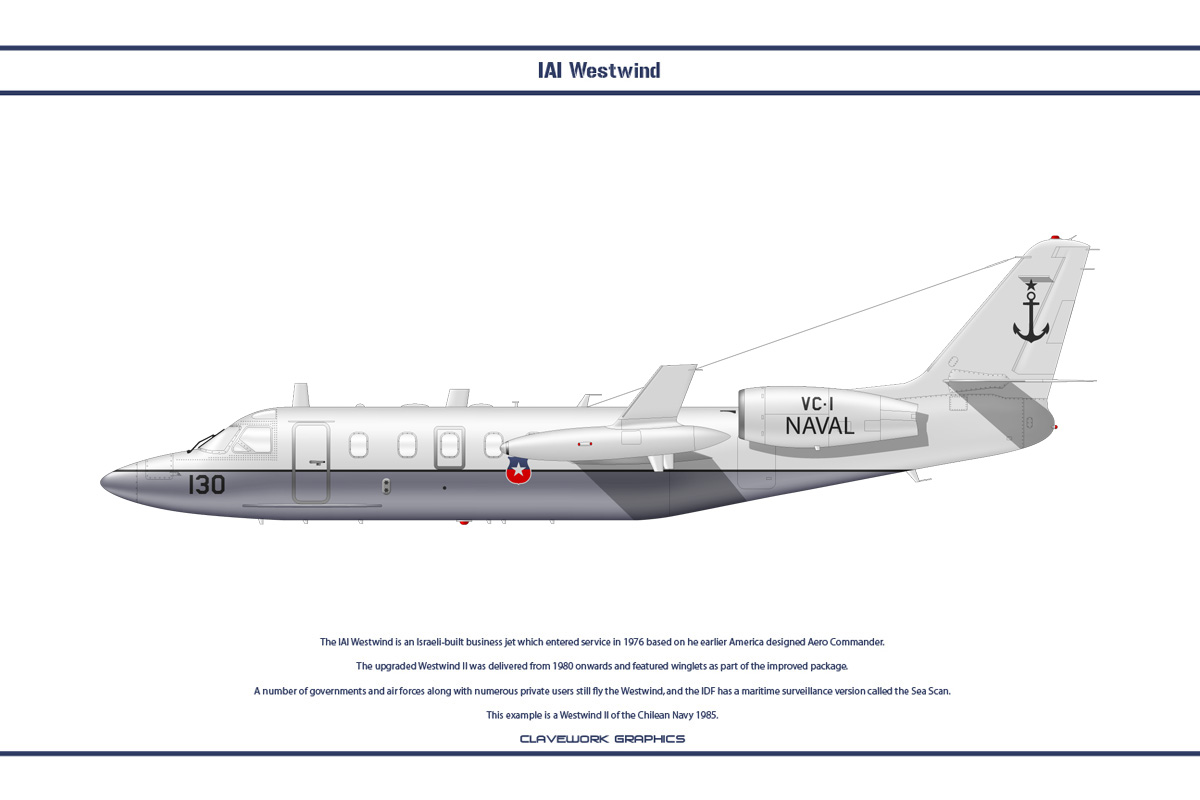

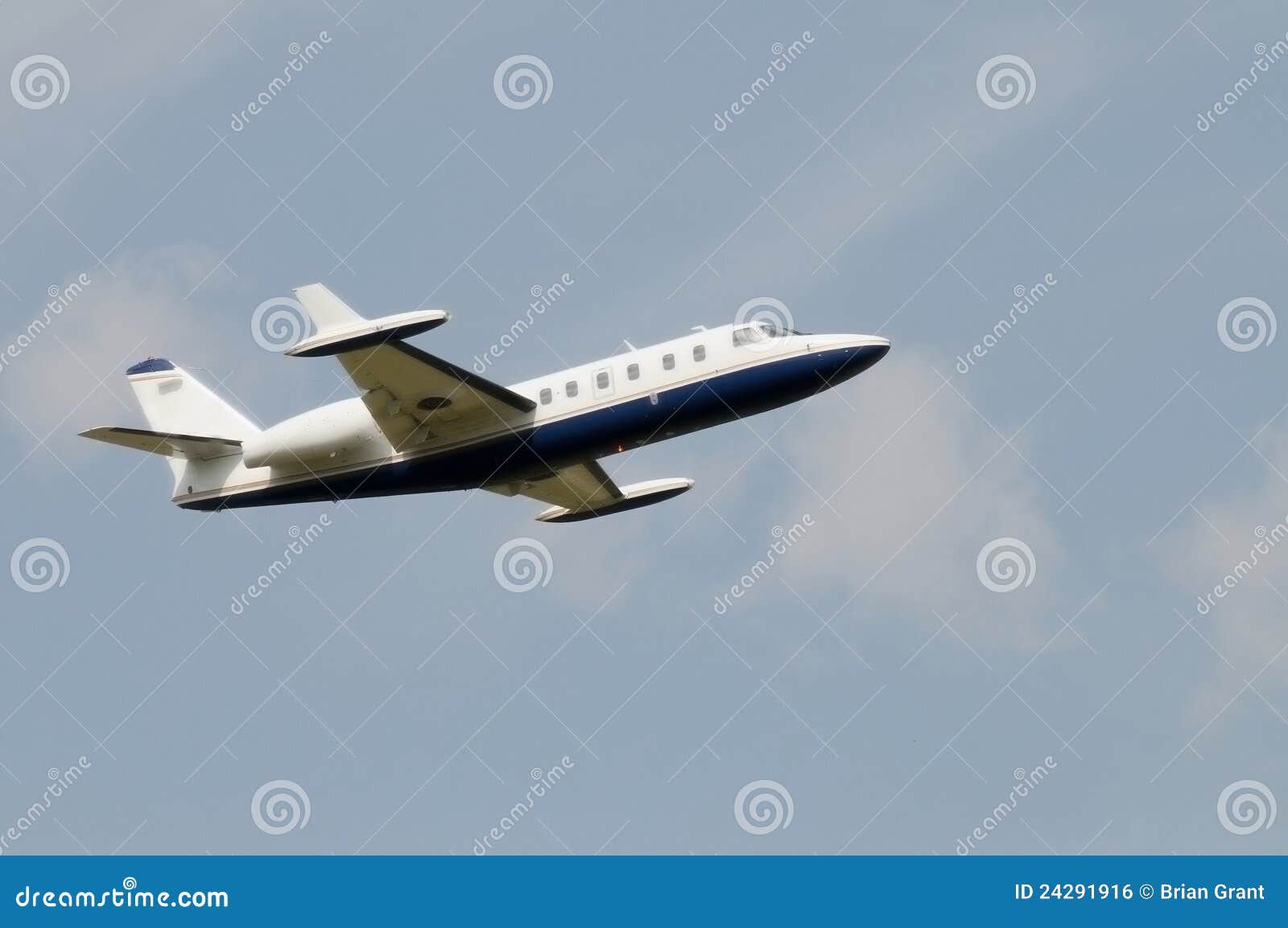









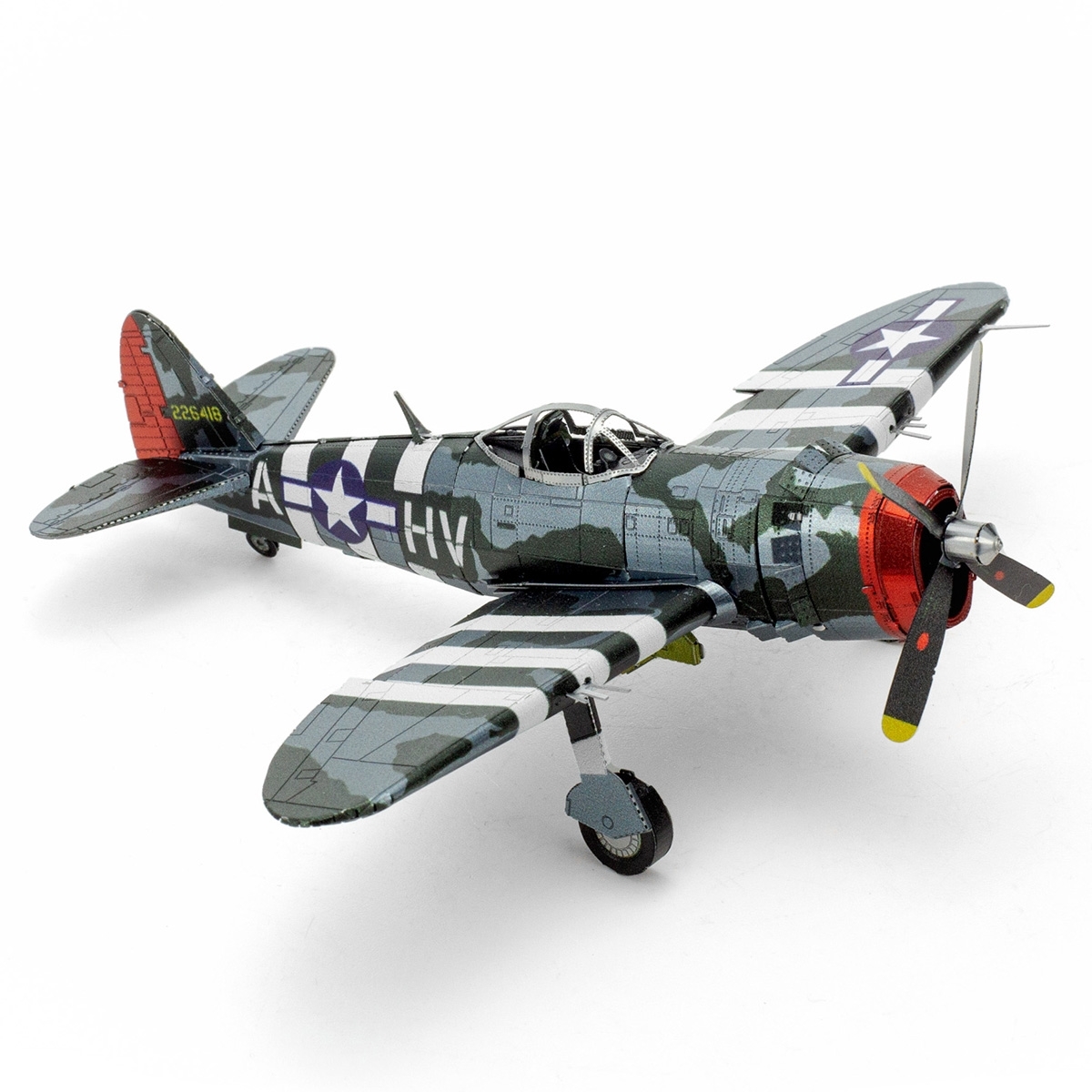


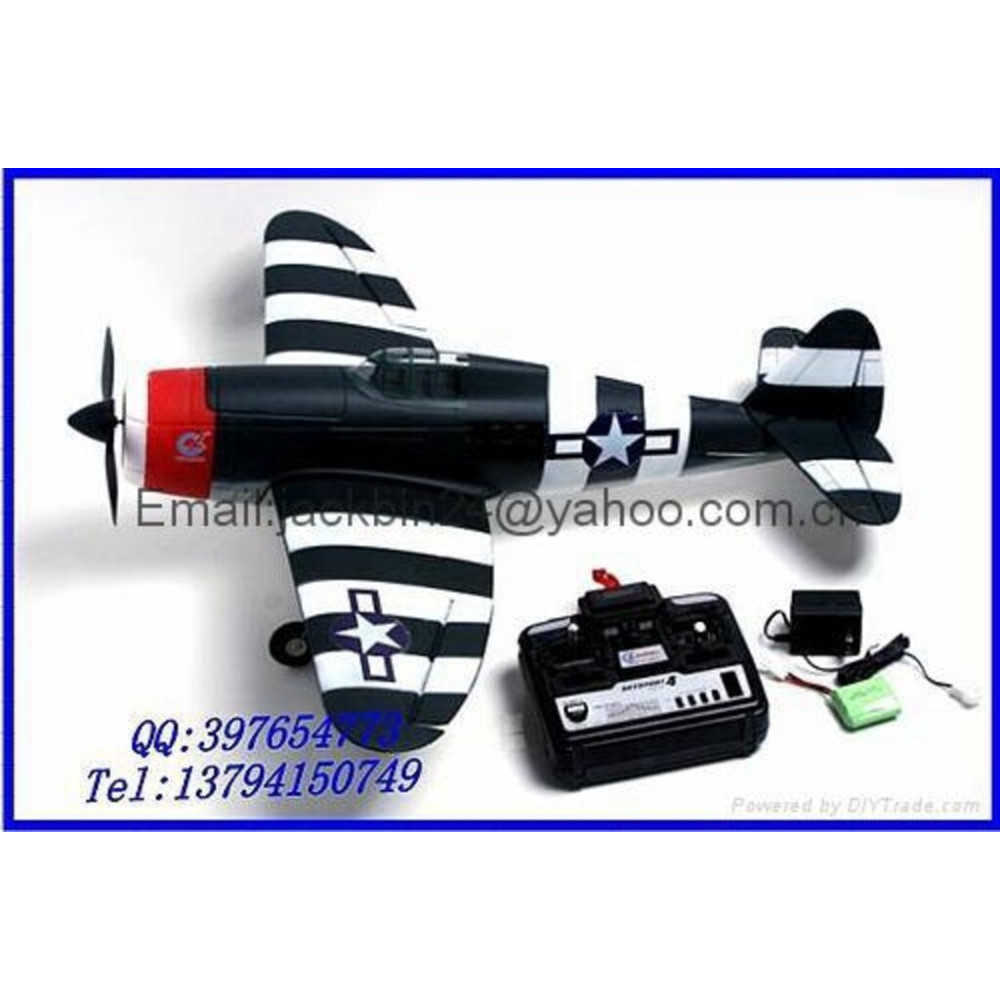



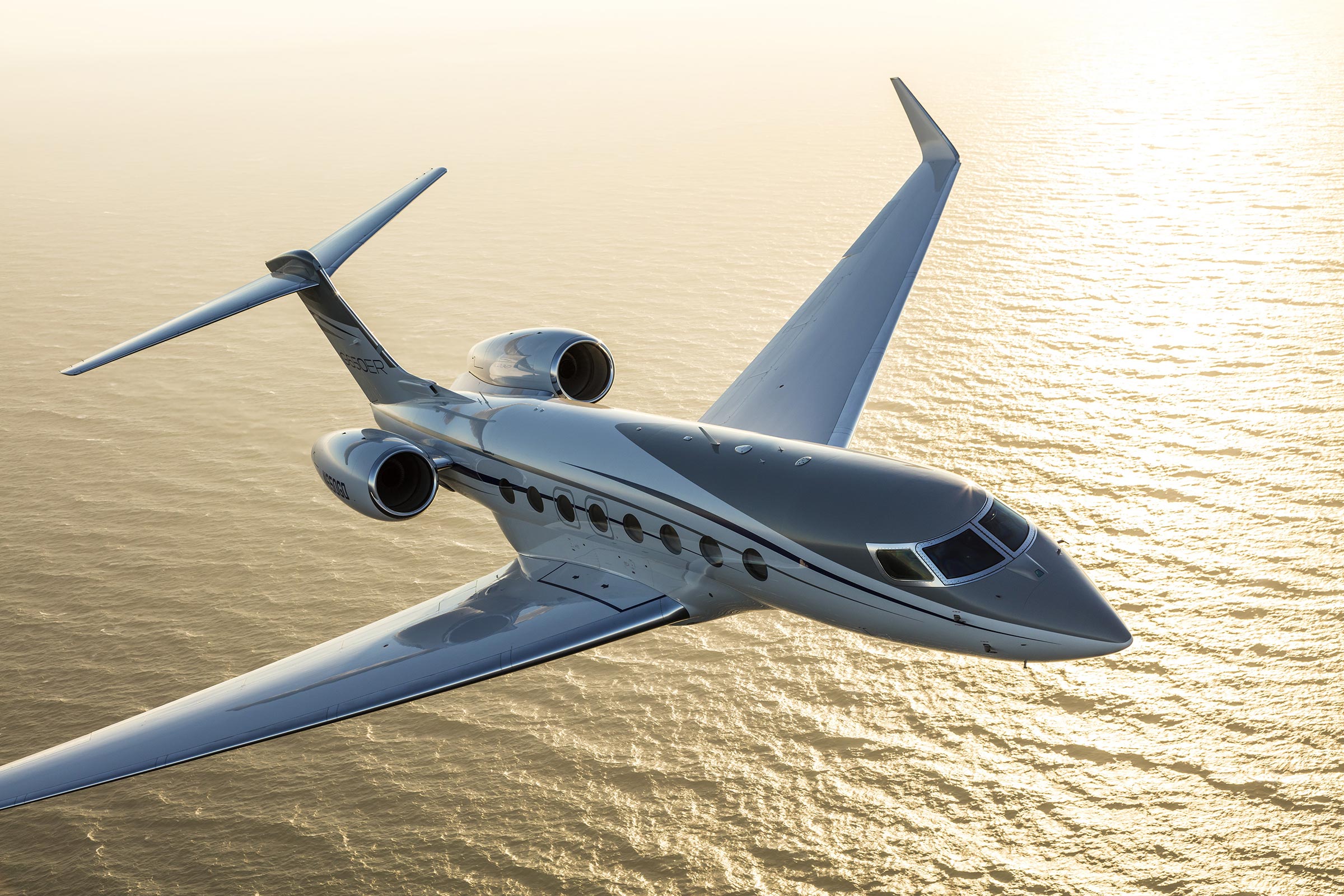



/cloudfront-us-east-2.images.arcpublishing.com/reuters/32CNZGC3GFMDZFXGRDAADDY3WE.jpg)

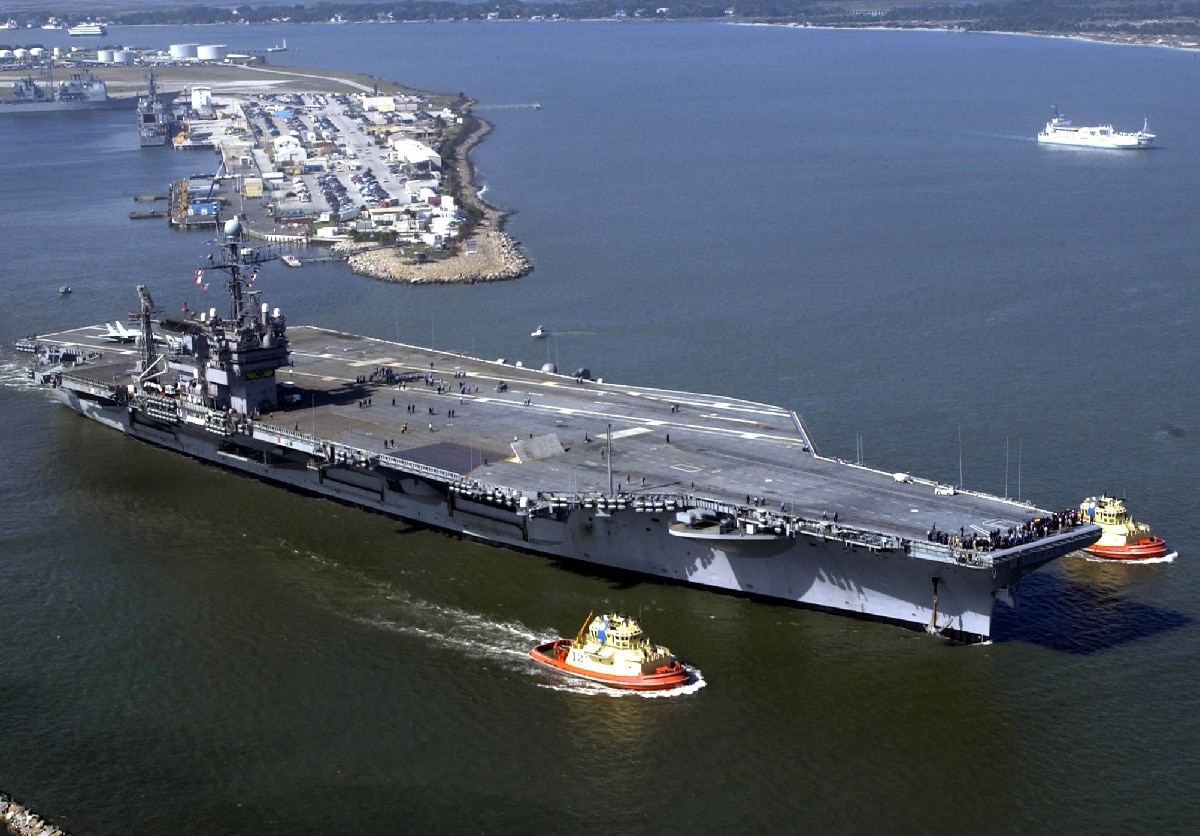
:quality(70)/cloudfront-us-east-1.images.arcpublishing.com/archetype/ZKVEKVUSFBDCZLS36P3I4XR5LM.jpg)

